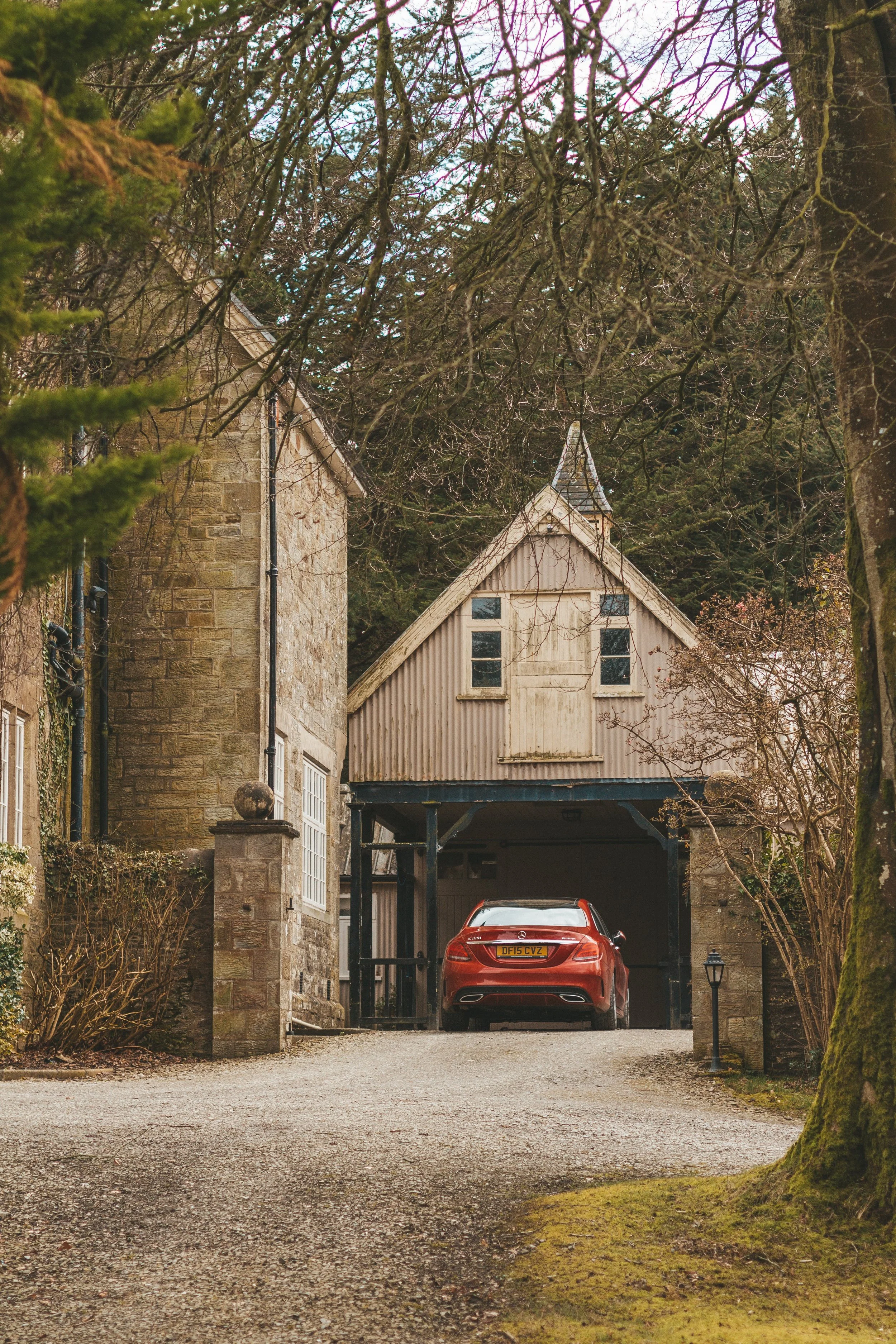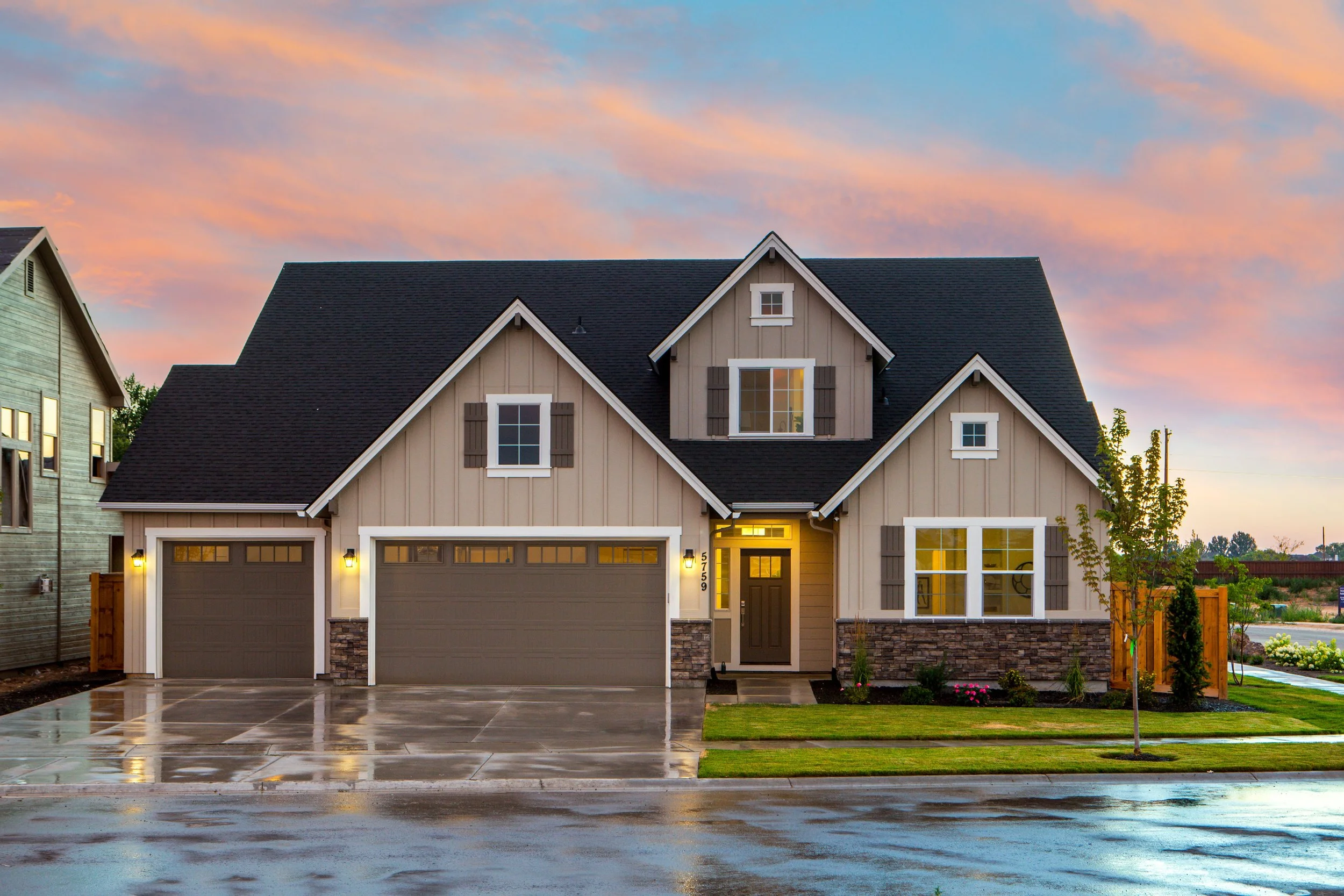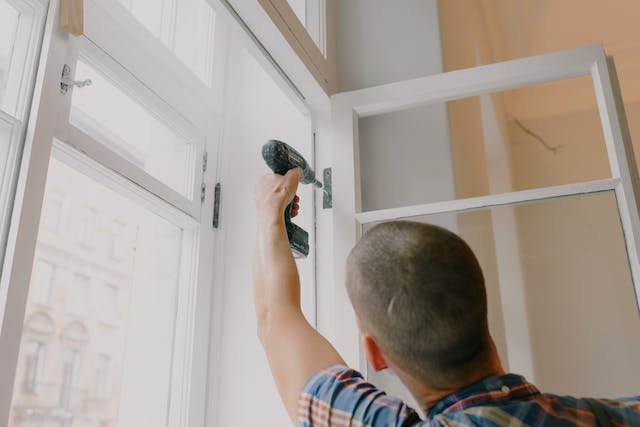Your home, beautiful as it is, occasionally grapples with a fairly common problem that's all too familiar - blocked drains. While we've often struggled with managing this predicament, have we ever stopped to consider what's truly causing these drain blockages in our homes? Knowing the cause can, in fact, make the process of clearing blocked drains much simpler.
Let's unlock this "drainy" mystery, shall we?
Potential Culprits of Blocked Drain
Here are the most common causes of blocked drains to be aware of:
Hair
Hair is one of the primary culprits, often causing a blocked pipe or two. It might take a shower drain hostage, building up over time until the water flow nearly stops. Regular cleaning of hair traps can help keep your shower drains hair-free and flowing.
Tree Roots
Tree roots, in search of water and nutrients, can expand into your drain pipes, causing severe blockages. This phenomenon is technically referred to as 'tree root intrusion' which can be avoided with occasional plumbing checks.
Food Debris and Grease
Food waste, especially fibrous food debris like coffee grounds, coupled with greasy substances, can result in sticky blockages. The solution? Never pour cooking oil directly into the drain, and dispose of solid food scraps properly.
Soap and Sanitary Products
Soap residue, especially traditional bar soaps, combined with minerals in water, can leave a hard residue in pipes, known as soap scum. This, along with sanitary products, may cause a clogged drain.
Foreign Objects
Accidental flushing of foreign objects like toys or toilet paper piles can result in stubborn blockages. Precaution is the best approach here. Ensure your bathroom is child-proof and practise mindful flushing!
Blocked Gutters and Downpipes
Debris like leaves and twigs can block gutters and downpipes, leading to water overflow, especially during rainy seasons. Reliable gutter guards could be your answer here.
Does DIY Work?
We've all heard of the legendary DIY plumbing tricks—the go-to solutions like the combination of baking soda and vinegar, followed by boiling water to clear blocked drains. You might even have heard of a DIY drain snake.
Pouring boiling water is often the first line of defence against a blocked drain. If successful, the hot water decomposes the solid blockages, and just like that, you have your drains flowing smoothly again.
Regrettably, this method can falter in the face of stubborn drain blockage, even with outdoor drains. For instance, drains jammed up with cat litter or wet wipes may defy the boiling water remedy. The caustic cleaners are another DIY option. However, note that they damage both your precious PVC pipes and metal or ceramic pipes.
Professional Plumbers to the Rescue
In hindsight, the DIY approach can clear minor blockages, but it's seldom a match for more severe blockages. Here, you might want to consider calling in a professional plumber, who has the ability to identify signs of a blocked drain and effectively clear a blocked drain.
From interpreting gurgling sounds to conducting drainage system assessments and addressing burst pipes, their expertise extends to advanced solutions like the use of a drain camera, pipe relining, drain auger, plumber's snake, and more.
Preventing Blocked Drains
Ensuring that our drains do not clog is a collective responsibility. Simple steps, such as the following, can go a long way in keeping your drains in top shape.
Think Before You Flush
Only human waste and toilet paper should go down your toilet. Other items, even those labelled as "flushable," such as wet wipes, sanitary napkins and cotton buds, can cause massive blockages. Educating your family on this fundamental rule is a significant first step in preventing blocked drains.
Be Mindful of What You Wash Down the Drain
Everyday items like coffee grounds, hair, and soap residues can build up and block your drain. Always dispose of these materials in a bin rather than washing them down the drain wherever possible.
Use Sink Strainers
Use strainers in your kitchen sink to catch food scraps and other solid waste. This way, you avoid food debris from making its way down your drain and sticking to the pipe walls, leading to a clog.
Dispose of Grease Properly
Grease, oils, and fats solidify when they cool and can stick to your pipe, leading to a blockage over time. Instead of pouring them down the sink, it's better to allow these substances to cool and solidify, then scrape them into a bin.
Install Gutter Guards and Drain Grates
Installing gutter guards can prevent leaves and other debris from blocking your gutters and downpipes. Similarly, grated drains are incredibly beneficial in bathrooms, ensuring larger items can't make their way down your drain.
Regular Drain Cleaning
Maintaining a regular cleaning routine can prevent the build-up of debris in your drain hole. Natural cleaning solutions such as vinegar and baking soda are suitable for this, as chemical ones end up eroding the pipe over time.
Check Your Pipes
Keep an eye on your pipes for any minor leaks or damage signs. Early detection can save you from a fully blocked drain in the future.
Plant Trees Wisely
If you're planning on landscaping, be mindful of where you plant trees. Planting them away from any water lines can help avoid any potential drain blockages due to root intrusion.
And while they say the way to a person's heart is through their stomach, the way to a long-lasting, efficient drain is through its pipe!
Living with Drains
Simple steps such as periodically pouring boiling water down the drains, strategically using baking soda and vinegar, along with hot water can help maintain clear drains. Preventive measures like gutter guards, periodic plumbing checks, responsible flushing and waste disposal can go a long way towards ensuring that drains in your home keep functioning optimally.
Remember, when the situation gets daunting, professional plumbers are just a call away. Let's live better with our drain! After all, a smooth-draining home is a happy home.












